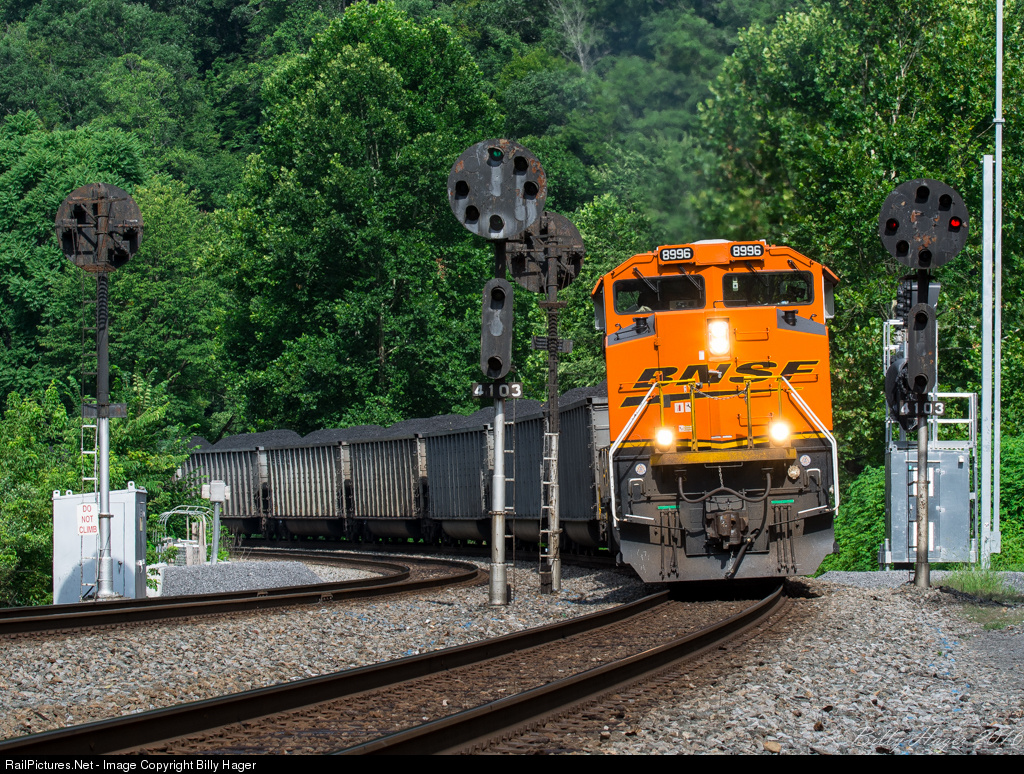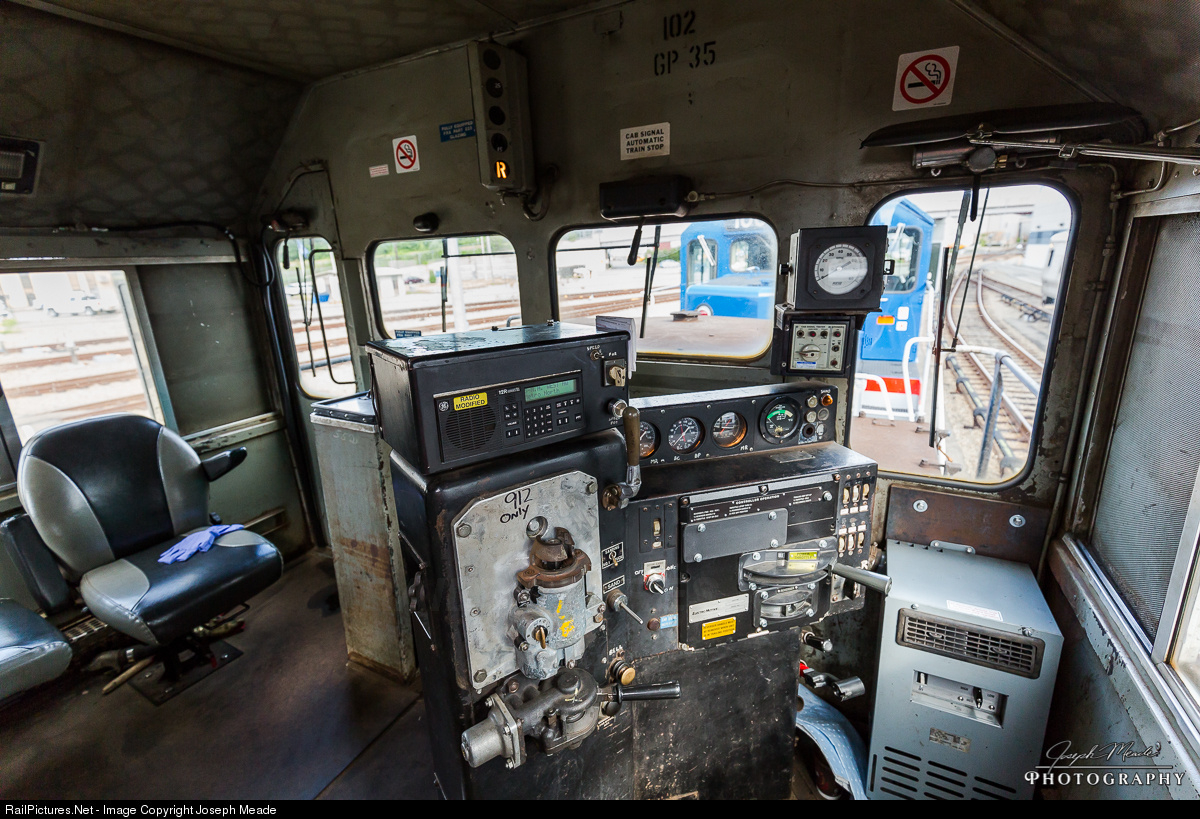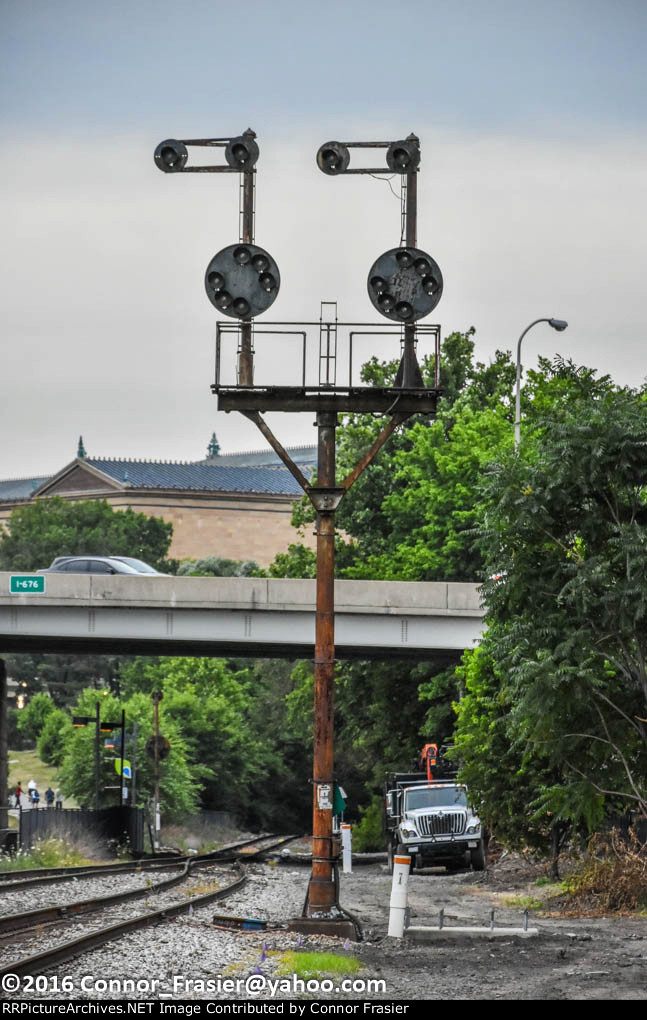First up , the famous Rochelle diamonds in Illinois seem to have entered some sort of Schrodinger's Box because they are both re-signaled and not-resignaled. This is because the former CBQ searchlights on the BNSF line have been replaced while the former CNW signals on the UP line continue to hold on.
If you remember my early 2016 news reports from upstate New York, the Albany-Rensselaer terminal had been partly re-signaled. Well the new CP-143 has been cut over and work has moved on to CP-145. Not sure when LAB tower will close.
 |
| New CP-145 with double slips and LED searchlights. |
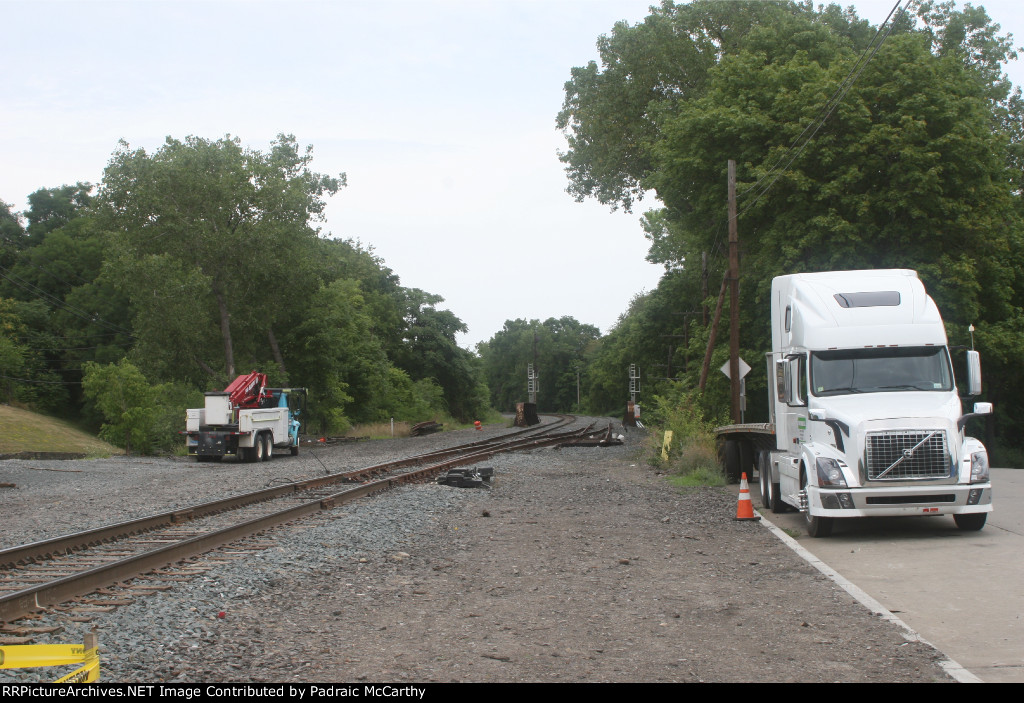 |
| New signal masts going up at CP-145. |
We are also starting to see more and more B&O CPL signal replacements on the previously immune CSX Toledo Sub, so again, try to get out there and take some photos. In related news, thanks to a crash in traffic resulting in partial abandonment, some of the Indiana Sub B&O CPLs might survive a bit longer.
Down south the re-signaling is also progressing in Seaboard land as seen in Douglassville, FL where a restricted speed siding looks to be getting full signaling protection, albeit still over a slow speed turnout.
The NS Pocahontas District re-signaling is continuing. It's not just the CPL bracket masts ad gantries that are at risk. These double split masts are perhaps rarer than either and are slated to be replaced by cookie cutter side masts. Imagine if the ICC had never repealed the right hand signal placement rule...
Via Google Earth I just learned that the surviving PRR CTC huts on the Enola Branch have finally all been demolished by NS. These include the structures at the former CP-PORT, CP-MANOR and current CP-LAKE. One can also see the new signals at WAGO.
Finally, the spectre of re-signaling doesn't just apply to the wayside equipment and dispatching offices. Here we see the cab of the last unrebuilt Metro-North GP35R, #102. Note the old school center mounted, bulb lit cab signal display. It will soon be sterilized in a rebuilding process.

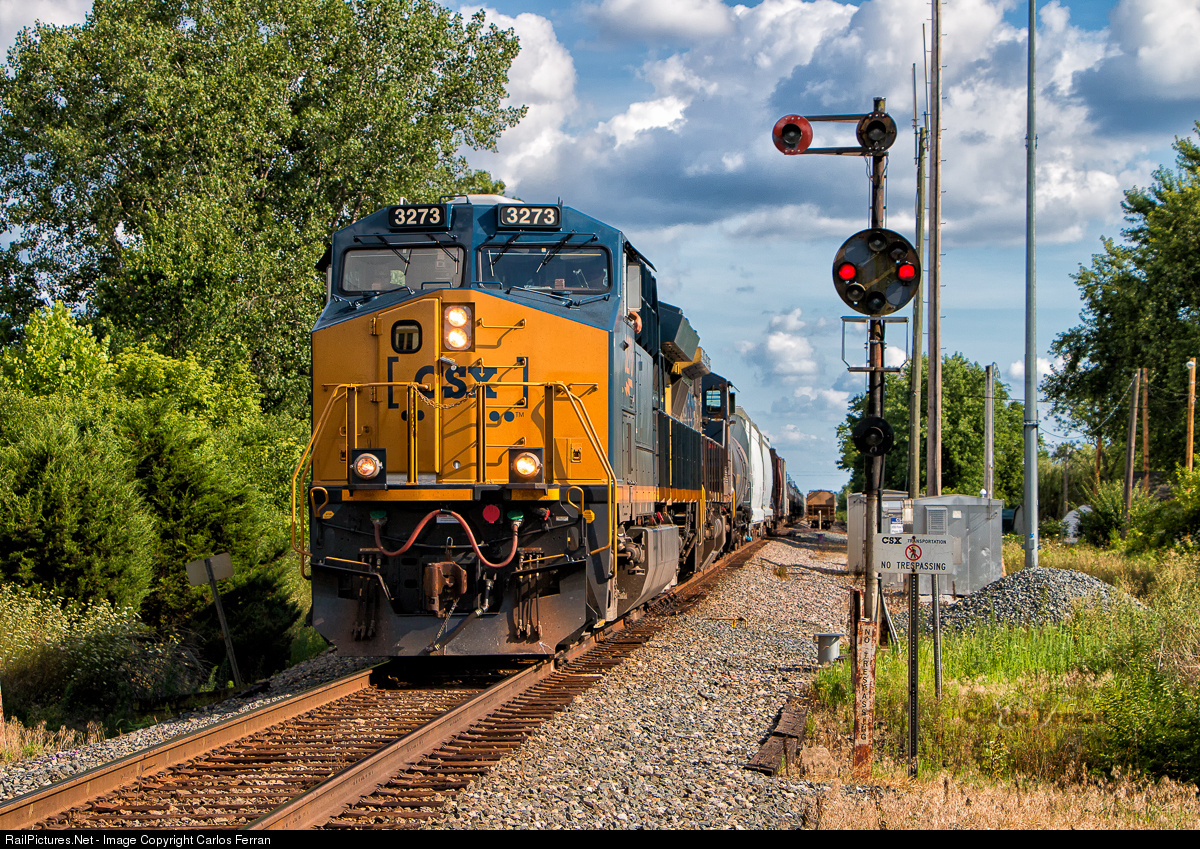
.JPG)
